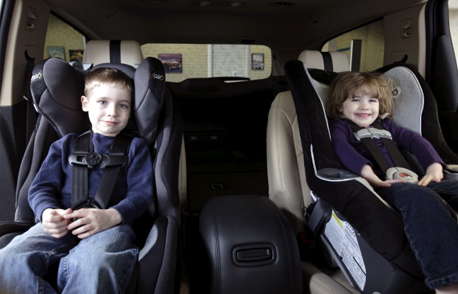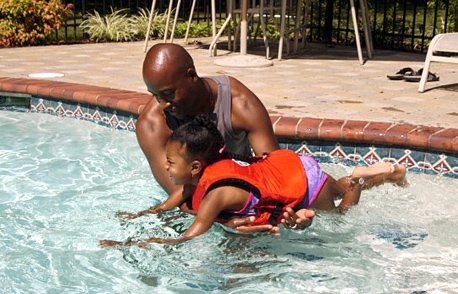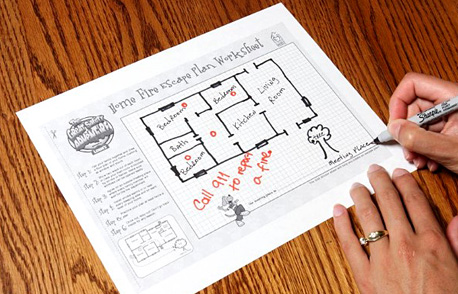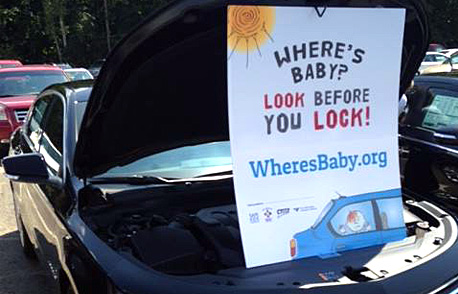Safety Information
With the daily demands of parenthood, it may feel impossible to keep up with the new car seat technologies, recalls and ever-changing Child Passenger Safety laws. Here are some frequently Asked Questions to help you solve your car seat problems.
Never leave your child unattended around water. While swimming in a public place, always swim where there is a lifeguard on duty. However, it is important to supervise your child in the water even when there is a lifeguard present.
More than any other sport, biking related injuries are the most seen in emergency rooms for children ages 5 to 14. Wearing a helmet can reduce the risk of brain injury by 88 percent. Unfortunately, only 45% of children 14 and under wear a helmet.
At least one child dies from a home fire every day. In one hour, about 16 children will sustain injuries from fires or burns. Of all fire-related deaths, 88% are due to home fires which spread rapidly through the home, leaving families little time to escape.
Motor vehicle crashes are the #1 killer of kids. Driving is especially dangerous for teens because the human brain does not fully develop its ability to assess risk or control impulse until the mid-twenties.
Nearly 4.5 million Americans are bitten by dogs each year. Of those who are bitten, 60% are children. One in five dog bites result in injuries serious enough to require medical attention. Any dog of any breed has the potential to bite.
For children ages 5 to 19, unintentional pedestrian injuries are the 5th leading cause of injury related death in the United States. Teens are at the greatest risk, with a death rate twice that of younger children.
Half of the 2 million calls to Poison Help Number in 2011 involved children ages 5 and under. In fact, 9 out of 10 poisonings occur at home.
Every year, approximately 55 children in the United States are left alone in hot cars and die of heatstroke. Younger children are the most at risk as their bodies heat up three to five times faster than an adults.






















